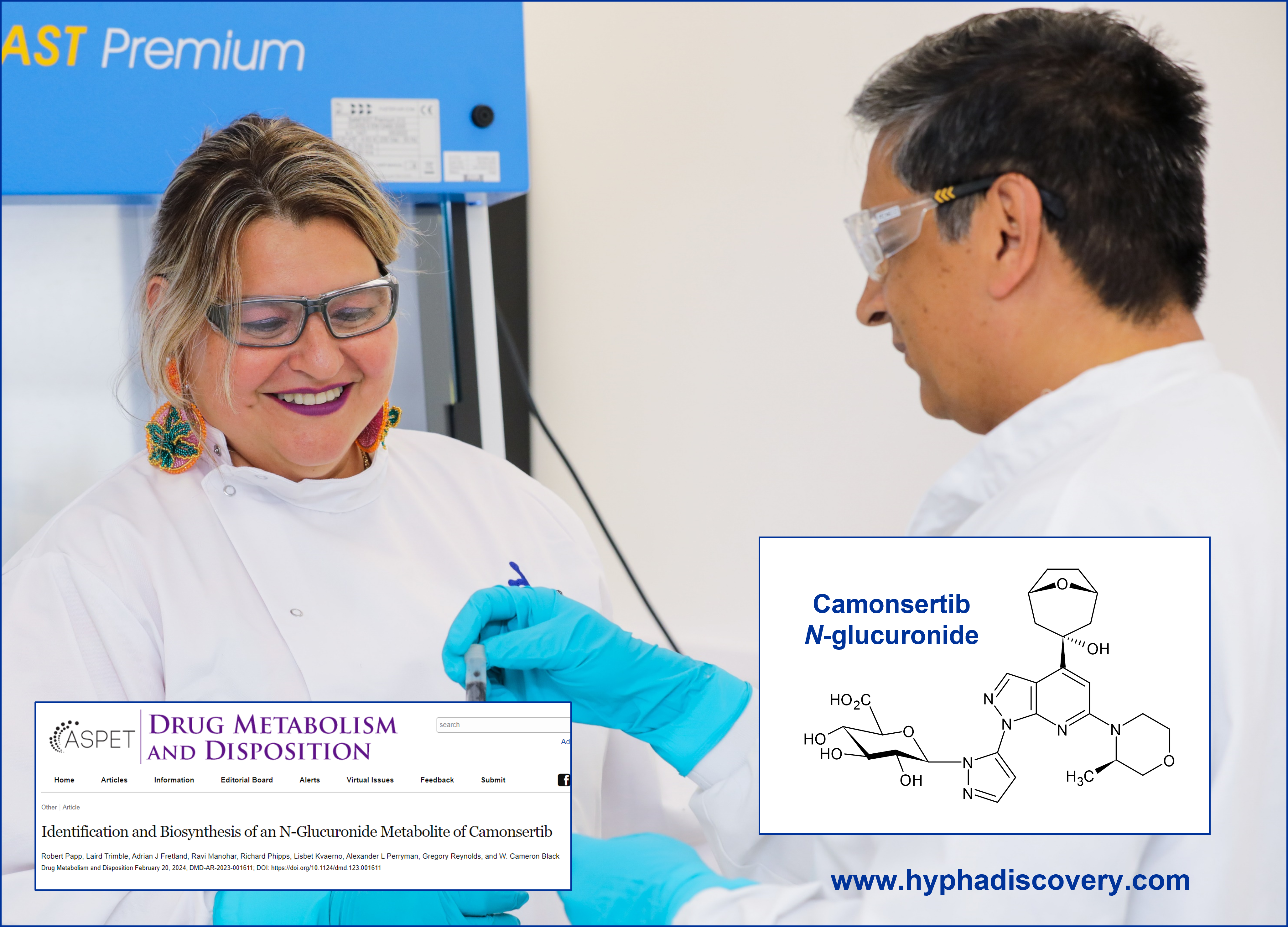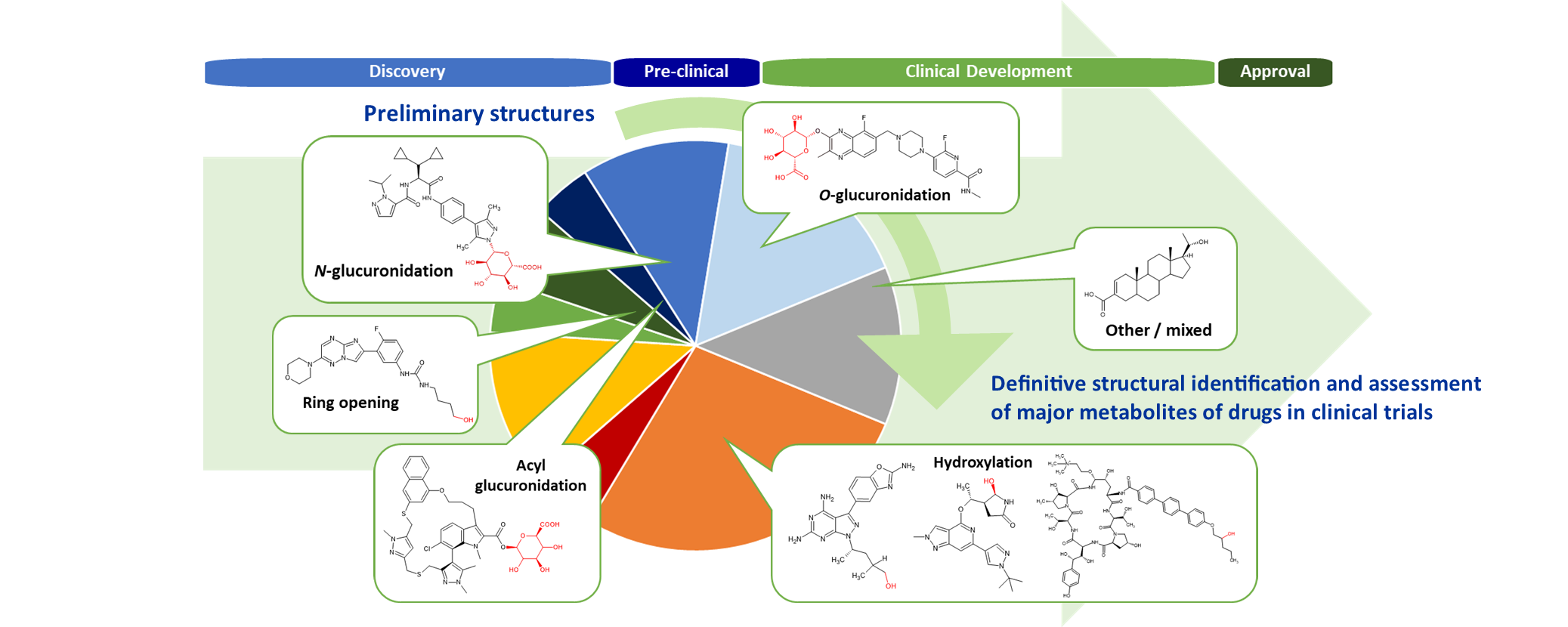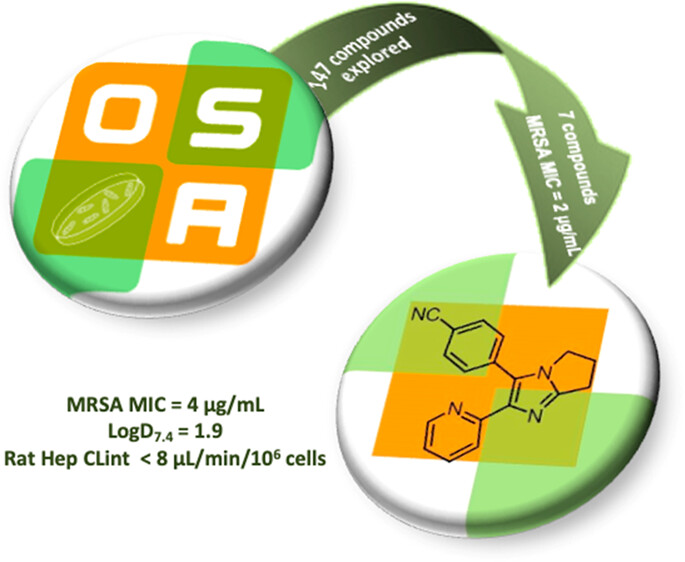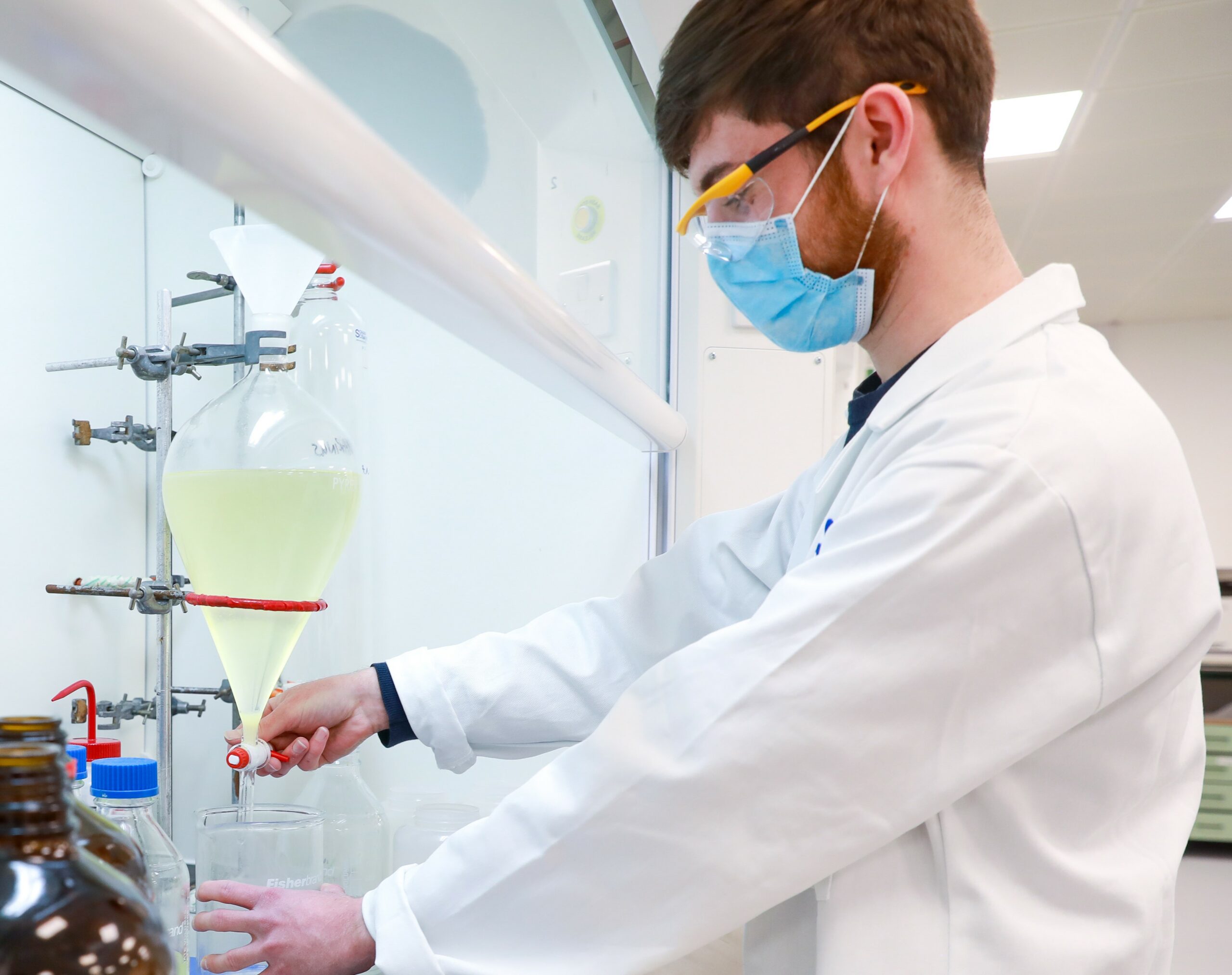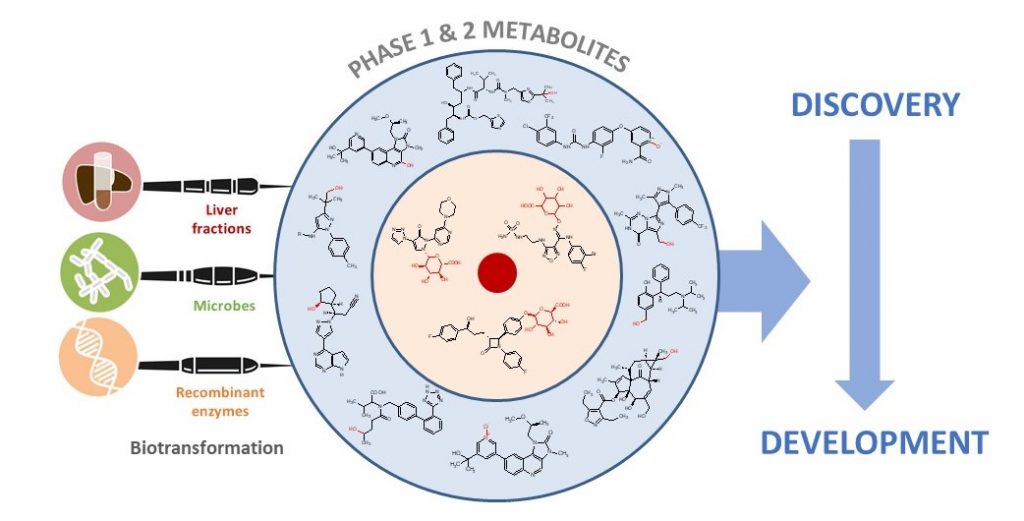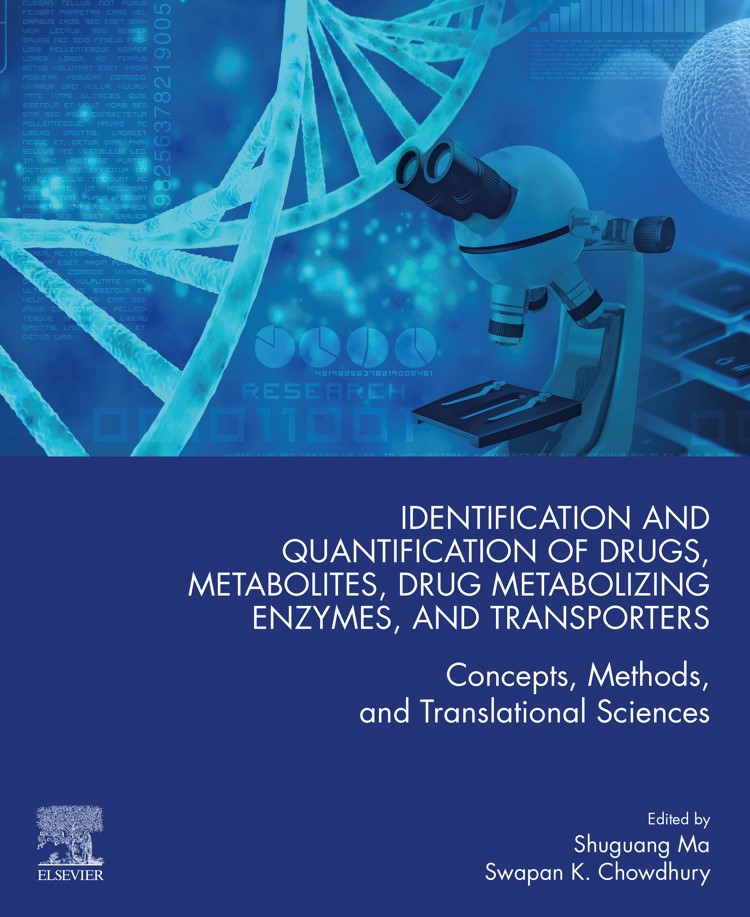Resources
Publications
Publications
This joint paper published by scientists at Repare Therapeutics, BioAgilytix and Hypha Discovery is the first report of a N-glucuronide metabolite of camonsertib formed in human hepatocyte incubations. The structure of the metabolite was elucidated by NMR after scale-up using microbial biotransformation to produce the N-glucuronide.
In this open access review in Drug Discovery Today we look at the why, when and how metabolites of small-molecule drugs are synthesised from the perspective of a specialist CRO.
A paper describing the mammoth joint effort exploring simple diarylimidazoles as antibiotics in the fight against MRSA is now published in ACS Infectious Diseases. Hypha were pleased to be able to contribute a small part in the project by helping with Metabolite ID.
It’s now been shown that metabolites of ivermectin contribute to its anti-parasitic activity. This paper describes the first time the mosquito-lethal effect of ivermectin metabolites on Anopheles survival has been investigated in an in vitro system. Hypha made the elusive O-demethylated metabolites needed for this study.
In this paper, authors from Hypha and Incyte Corporation discuss the impact and application of biotransformation of drugs by mammalian systems, microorganisms, and recombinant enzymes, covering active and reactive metabolites, the impact of the gut microbiome on metabolism, and how insights gained from biotransformation studies can influence drug design.
In Chapter 4 of the book on “Identification and quantification of drugs, metabolites, drug metabolizing enzymes and transporters”, Hypha authors summarise the different methods employed for producing metabolites of drugs, illustrated with representative examples from the literature and work undertaken at Hypha. The chapter also includes a discussion and examples of the use of NMR spectroscopy for structure elucidation of metabolites.
Stay up to date with the latest news from Hypha Discovery
Sign up for our quarterly newsletters and monthly "Metabolite Tales" blog
Ready to begin? Our scientists are available to talk through your requirements
Hypha Discovery is a UK-based CRO supporting pharmaceutical and agrochemical companies worldwide through the production of metabolites and new derivatives of drugs and agrochemicals in discovery and development.
Resources
Cookie Policy | Privacy Policy | Website Terms and Conditions
© Hypha Discovery 2021. All Rights Reserved. Website by Fifteen.co.uk
